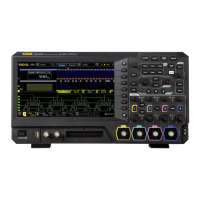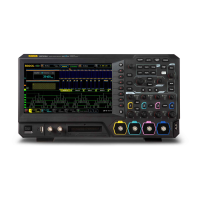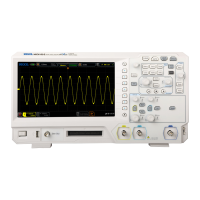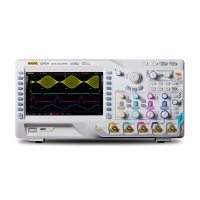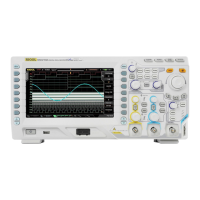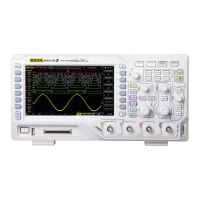What to do if Rigol MSO5354 stays black after power on?
- HHannah MillerAug 10, 2025
If your Rigol Test Equipment's screen remains black after powering it on, verify that the power switch is turned on and the power cord is correctly connected. Also, check the fuse and replace it if necessary with the specified type. After these checks, restart the equipment. If the issue continues, it may require professional assistance.



